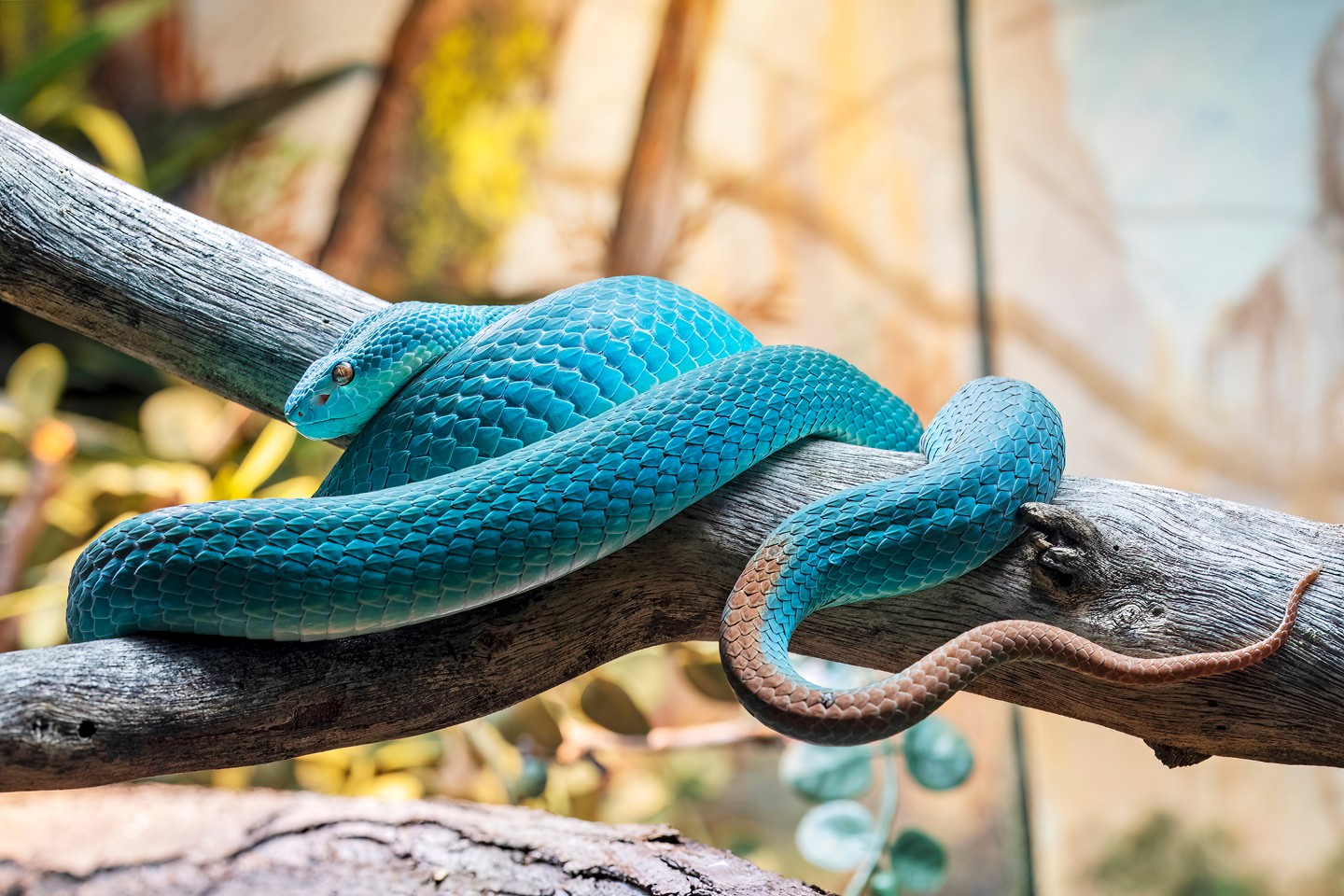- Highlight the global significance of March 3rd as a day dedicated to celebrating biodiversity and the beauty of species.
- Examine the importance of conserving habitats and the responsibility humans hold in protecting wildlife.
- Profile select species such as the Lesser Sunda Islands pit viper, Rhinoceros hornbill, Bongo, Poison dart frog, Lionfish, and African lion.
- Discuss conservation efforts, including modern zoo management practices and initiatives to preserve endangered species.
- Emphasize the role of individual actions and education in promoting wildlife conservation and biodiversity.
March 3rd is recognized globally as a day to celebrate biodiversity and the myriad species that populate our planet. This observance serves as a critical reminder of humanity’s duty to safeguard the myriad creatures that inhabit the earth and their natural environments. It is a day set aside not merely for admiration but also for reflection on the challenges these species face due to human activity and environmental changes.
The diverse ecosystems that these species call home are under immense pressure. Habitat destruction, pollution, and climate change are drastically altering these environments, threatening the existence of many species. Conservation of these habitats is not just crucial for the species that reside within them, but also for the health of our planet as a whole. Ecosystems operate with complex interdependencies, making the preservation of biodiversity vital for maintaining ecological balance. The consequences of biodiversity loss can ripple through food chains and affect global environmental health.
Conservation is a multifaceted challenge that requires collaboration between nations, organizations, and individuals. Effective conservation efforts include implementing legal protections, restoring habitats, and combating poaching and illegal wildlife trade. Modern zoo management plays a key role in these efforts, providing sanctuary for endangered species and engaging in breeding programs aimed at boosting populations of threatened animals. Zoos today emphasize education and awareness, offering visitors insights into the importance of conservation and the steps they can take to contribute.
The focus on March 3rd is not just on iconic creatures but also on lesser-known species whose survival is equally vital. The Lesser Sunda Islands pit viper is an example of a species with a limited range, found only in specific islands in Indonesia. Its survival is closely tied to the preservation of its habitat, highlighting the importance of localized conservation efforts. Similarly, the Rhinoceros hornbill, with its striking appearance, plays a crucial role in its ecosystem as a seed disperser and symbol of the rich biodiversity in Southeast Asia’s rainforests. Protecting these birds means preserving the forests they inhabit.
The Bongo, a large African antelope with distinctive markings, showcases how habitat degradation can impact even the most resilient species. Bongos are increasingly threatened by habitat loss due to logging and agricultural expansion. Efforts to conserve their habitats are essential not only for the Bongos but also for the rich flora and fauna of African forests.
Poison dart frogs, with their vibrant colors, are more than just a visual spectacle. They serve as indicators of environmental health and are central to maintaining ecological equilibrium in their native habitats in Central and South America. Their survival is intricately tied to the preservation of tropical forests, which are rapidly disappearing.
Lionfish, an invasive species in the Atlantic, pose a different kind of challenge. Originally hailing from the Indo-Pacific, they have spread destructively due to their voracious appetites and lack of natural predators in new areas. Addressing such invasions requires innovative management strategies to protect native marine biodiversity.
No discussion of wildlife conservation is complete without mentioning the African lion, a symbol of strength and majesty. Lions are facing increasing threats due to habitat loss and conflicts with humans. Establishing conservation corridors and enhancing community involvement in wildlife management can help mitigate these threats, ensuring that lions continue to roam freely in the wild.
Ultimately, protecting these species demands active participation from individuals, communities, and governments. Educating the public is vital for fostering a deeper understanding of the importance of conservation. Simple actions, like supporting sustainable products, reducing waste, and advocating for wildlife protection laws, can contribute significantly to conservation efforts. Awareness campaigns, educational programs, and community involvement can bolster these efforts, driving home the importance of safeguarding the world’s biodiversity.
On March 3rd, as we reflect on the beauty and diversity of the world’s species, it is imperative to renew our commitment to conservation. The responsibility to protect wildlife and their habitats rests on our collective shoulders. By celebrating biodiversity, engaging in conservation, and spreading awareness, we can ensure a future where these species thrive alongside us, enriching our world for generations to come.
*****
Source Description
is celebrated globally on March 3rd. Today, we celebrate the beauty and diversity of species from all around the world. Today also serves as a reminder of our responsibility to do what we can to protect wild animals and the places they come from.
Pictured:
1. Lesser Sunda Islands pit viper
2. Rhinoceros hornbill
3. Bongo
4. Poison dart frog
5. Lionfish
6. African lion


